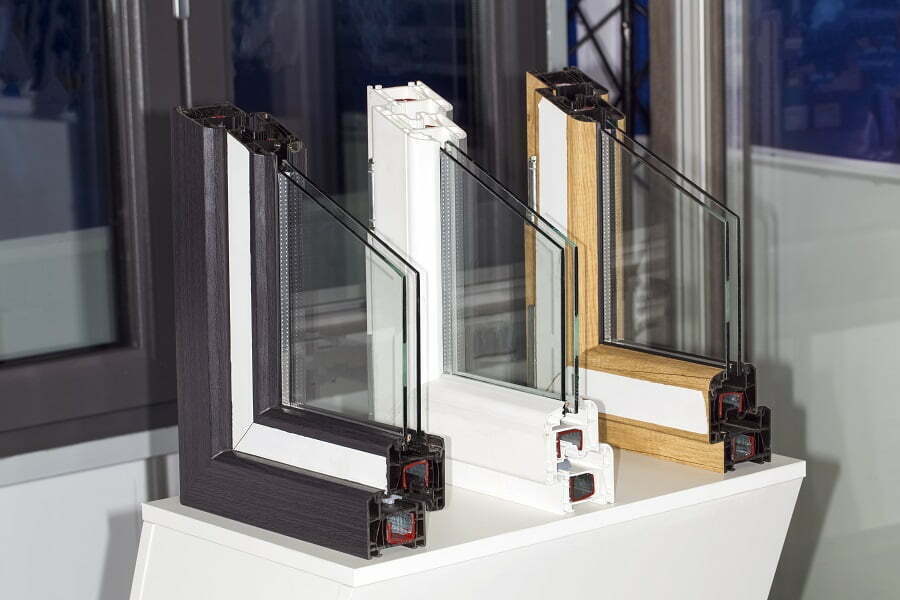Last updated on
Prefab windows are manufactured in a factory to meet the client’s needs. It’s a faster way to make windows and deploy them on-site.
It only makes sense that prefab homes would use prefab windows. But they are not limited to this use case. Traditional stick-built homes and residential buildings can use prefab windows as well. It’s a way to increase the efficiency of construction.
The main benefits of prefab windows include faster development, higher energy efficiency, better insulation, lower cost.
Here’s everything you need to know about this type of window.
Types of Prefab Windows

There are many types of windows in existence, and many of them are prefab windows. These are window units that are designed specifically for prefabricated homes. These windows come in different shapes and sizes as well as designs.
Whether you have a modular home, panel home, or mobile home, you can find the perfect prefab windows for your home. If you want to replace an old or damaged window in your prefab home, you should hire a competent window installer to do the installation to ensure the window is properly installed.
Below are common types of prefab windows:
- Casement Windows: These are windows with frames similar to door frames and shutters that open just like doors. These windows are also manufactured just like doors.
- Double Hung Windows: This type of window has two shutters that slide in the grooves fitted within the window frame. The shutters are connected to a system of weights, pulleys and cord/chain. When the weights are pulled, the shutters open to the desired level.
- Hopper Windows: These are special windows that are installed on the windows of foundation walls to boost ventilation in modular home basements. The windows open on hinges and are considered much more energy-efficient than casement windows and other types of windows. It is important to note, however, that larger hopper windows are known to be a little bit difficult to close or open.
- Single Hung Windows: These are prefab home windows that open in the lower sash. They are energy efficient and solid. They are also much more affordable than other types of windows. Unfortunately, if you want a window that opens in the upper sash, single hung windows may not be for you.
- Glass Block Windows: These are glass blocks that are made from tempered glass. They are very strong and durable. They are typically used in basements where light is needed but the view has to be obstructed.
Prefabricated Ribbon Windows
Ribbon windows are made up of an array of windows installed side by side horizontally across a facade. These modern windows allow plenty of light into the room and can improve the exterior decor. While ribbon windows can be set up on-site, it can be challenging to achieve the best results, so prefabrication is considered the best option. Prefabricated ribbon windows make work easier for workers, alleviate architectural challenges, save time, and improve system performance.
Energy Efficiency
There are many sources of energy loss around a home, and the spaces around window and door frames are a major culprit. Since prefabricated homes are usually designed to be energy efficient, the choice of window matters a great deal. While it is possible to design a home onsite, the best results can be obtained when prefab windows are used.
When windows are designed and fabricated at the factory by highly-skilled professionals with the help of high-tech equipment, they can be incredibly energy-efficient.
Casement windows are the most energy-efficient ones, perfect for prefabricated homes. The sash provides a tight seal around the window when closed.
Hopper windows can be just as energy-efficient as casement windows, but they are mainly used as basement windows.
Next is the single hung window, which is more energy-efficient than double-hung windows.
Be sure to discuss all these options with the prefab home supplier before making your final decision. You need to balance cost, energy efficiency, and design to get the best results possible.
Insulation
A lot of energy is usually lost through the windows. To reduce this wastage, you should install prefab windows. By installing double insulated prefabricated windows, you can boost your home’s energy efficiency. Double insulated windows help separate the indoor and outdoor environments, thereby ensuring no heat is lost.
The ENERGY STAR label provides an indication of insulated windows and energy efficiency in any climate zone. The U-Factor and SHGC ratings determine the standards you need for your zone.
Cost
Obviously, the cost is a key factor of consideration when looking for a suitable prefab window to install. The price can start as low as $100 per unit.
Single-hung windows are usually the most affordable prefab home window option. Casement windows are usually more expensive than single and double-hung windows because they are the most energy-efficient.
While cost may be an important factor of consideration, there are others. It is better to spend a few more dollars on an energy-efficient window because you will recoup the cost difference from energy savings. This can take just a few months or years.
Whichever type of prefab window you select, be sure to hire the most competent installer to do the installation. This is because you want the window to serve the intended function and last a long time. This can only happen if you hire the most competent window installer.
Table of Contents




